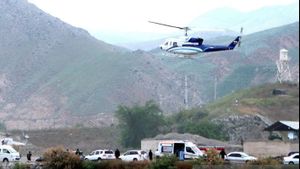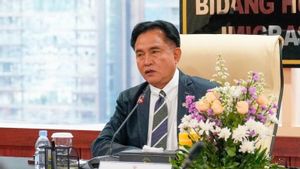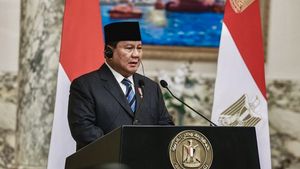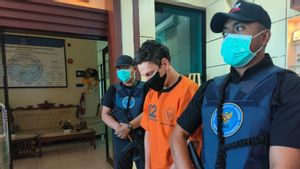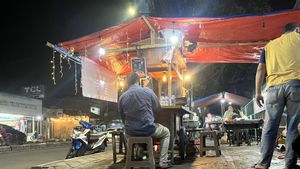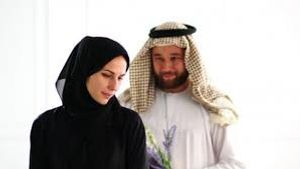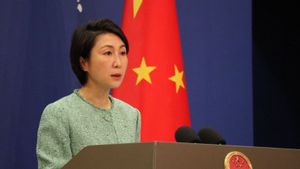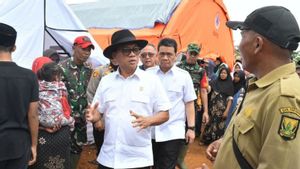YOGYAKARTA - The news of the death of Iranian President Ebrahim Raisi shocked the world public. One of the most influential figures in Iran was killed in a helicopter crash. After the incident, three branches of Iran's government held an extraordinary meeting.
In Iran, when a President dies in a position still in office, his duties will be temporarily taken over by the first Vice President. For the time being, the position of President of Iran is carried out by his deputy, Iran Mohammad Mokhber.
Mohammad Mokhber held a temporary position as President of Iran for 50 days with the approval of the Supreme Leader. In this country, the final decision for all matters rests with the Supreme Leader, Ayatollah Ali Khamenei.
The existence of two leaders in the Iranian bureaucratic system is quite confusing for many people. So what's the difference between the President and the Supreme Leader in Iran and his duties?
The government system in Iran is indeed different from Indonesia, where in that country there are two leaders. In this case, the departure of President Ebrahim Raisi is considered not to have a significant effect on the conflict that is heating up in the region.
Decisions related to foreign policy and war are still under the authority of Ayatollah Ali Khamenei as Iran's Supreme Leader. The following are the differences between the President and the Supreme Leader in Iran and their respective roles.
Iran's Supreme Leader is a person who is head of state. This position has the highest power in Iran. Based on the Constitution of the Islamic Republic of Iran, the supreme leader has the right to decide state affairs including foreign policy and nuclear programs.
The position of President in the Iranian political system was indeed directly elected by the voice of the people. However, the position of the President in this country is still under the power of the Supreme Leader of Religion or what is called Wali Faqih. The existence of this Wali Faqih is a hallmark of democracy in Iran.
Wali Faqih or the Supreme Leader determines the direction of government policies carried out by the President of Iran. This applies even though according to the Constitution of the Republic of Iran, the President's position in government is the highest holder of executive power.
As mentioned earlier, the Supreme Leader is a head of state and commander-in-chief in the country. The person who occupies the position of Supreme Leader has the highest authority and holds the final decision for all the interests of the state.
While the position of the President is a top elected official. This position is in second place or under the Supreme Leadership. The President is in charge and responsible for carrying out his daily government. The President also has a significant influence on domestic policies and foreign affairs.
The position of Supreme Leader of Iran is currently occupied by Ayatollah Ali Khamenei. He held this position after the death of the previous leader, Imam Khomeini. For information, the position of the Supreme Leader in this country has only changed its power twice since 1979.
Reporting from the official website of the Iranian government, Rahbar or the Supreme Leader of the Islamic Revolution of Iran, Ayatullah Sayyid Ali Khamenei was born on July 16, 1939. He is the son of the late Hujjatul Islam wal Muslimin Haj Sayyid Javad Husaini Khamenei.
Ali Khamenei was one of Imam Khomenei's students. Ali was appointed by the Expert Council to replace Imam Khomeini as Rahbar or Supreme Leader of the Iranian Islamic Revolution starting in 1989.
SEE ALSO:
That's a review of the different Presidents and Supreme Leaders in Iran. Although Iran has a President who is directly elected by the people, the final decision regarding all state affairs rests with the Supreme Leaders. Also read the privileges of Iran's Isfahan City which holds and keeps history.
Stay up to date with the latest domestic and other overseas news on VOI. We present the latest and updated information nationally and internationally.
The English, Chinese, Japanese, Arabic, and French versions are automatically generated by the AI. So there may still be inaccuracies in translating, please always see Indonesian as our main language. (system supported by DigitalSiber.id)



